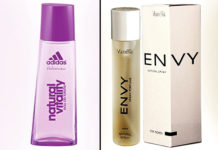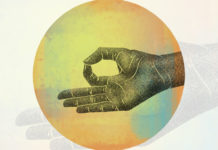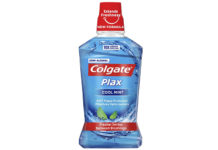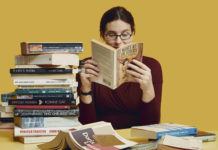Affiliate Disclaimer
Some links in this article are affiliate links. We may earn a small commission if you make a purchase through these links, at no extra cost to you. We only recommend products we find useful to our readersYou may be wondering on, what is tussar silk?Tussar silk sarees, also referred as a ‘Wild Silk, Tassar Silk, or Kosa Silk’ is basically an exquisite thread that is obtained from a very wide winged moth which is yellowish-brown in color. Scientifically these moths are known as ‘Antheraea Paphia, basically ’ and they are all a part of a group that is known as the Emperor Moths or Saturnids. These moths are considered as a true wonder of nature. Their wings are being embellished by the circular markings which look like the mirror. Indeed, when you look closely in those circular markings, you will be able to see the reflection of yourself.
Origin And History

However, borrowing from all the history of its raw silk, it is said that the Tussar silk was being discovered from the medieval times. Prior to that, there was never any trace of the Silk being made out of any of the other natural or even artificial object in the place of the mulberry fed Silk work.
The cost difference in between the Tussar silk as well as any other forms of the silk arise from this fact that this former worms are not fed on the mulberry. In fact it is of the rearing of Tusser silk worms which make them a very cheap variety. Tussar silk is the illustrious variety as any other.
Sources Of Inspiration

Process

Tussar silk is also being considered as more textured than the cultivated Bombyx or “mulberry” silk but it have short fibres, which makes it even less durable. It have a dull gold sheen. As when most of these cocoons are being collected from the forest, it is also considered by many as the forest product.
Faces Behind The Fabric
India is one of the main producer of the Tussar silk with, Jharkhand as the main state of production. Producing Tusser is also a rural art and traditionally, the tribal women in the rural areas were trained in weaving the Silk out of cocoons and weaving the fabrics out of threads hence obtained. Like most of the other textile art, Tussar also became the fabric of mechanization.
The Tussar silk industry, do make an extensive use of the rural as well as tribal labor. The women who are mainly absorbed in the industry are mostly trained into the production of the Silk. It so take them three days to finish single 10 meter Tussar silk cloth. For every employed labor, the main task is to weave at least of 10 Silk sarees in a month. Each of the Tusser silk saree is being sold for more that Rs. 3000. While the rural women, who are mainly involved in the making of these saree earn in between Rs1500 to Rs2500 for a single saree.
Varieties
Tussar, is itself a variety of Silk, which can be divided into many subcategories like the Katia, Ghhichha, Thigh reeled as well as machine reeled. On a further permutation as well as combination of the varieties the two distinct varieties are named as Tusser Ghichha as well as Mulberry Ghiccha.
Wearing The Attire
Tussar silk is a lot more properly textured than any of the other varieties of Silk. The fabric is also much cooler than other varieties and is lot more porous,as well as breathable. It being cooler than any other varieties of Silk makes the Tussar extremely wearable in the warmer parts of the world.
Maintenance

Production In India
India is known as the second largest producer of Tussar silk and an exclusive producer of the Indian Tussar, also known as tropical tussar, which is mostly tended to by the tribals. Most of it is being produced in the Bhagalpur area, where it is known as Bhagalpur silk, Bihar as well as Malda district of West Bengal.Tussar silk is also known as the Orissa’s Pattachitras and West Bengal’s Kantha stitches. Even Chhattisgarh and Madhya Pradesh produce Tussar silk. In recent years, Jharkhand has emerged as one of the biggest producer of the Tussar silk.
















































